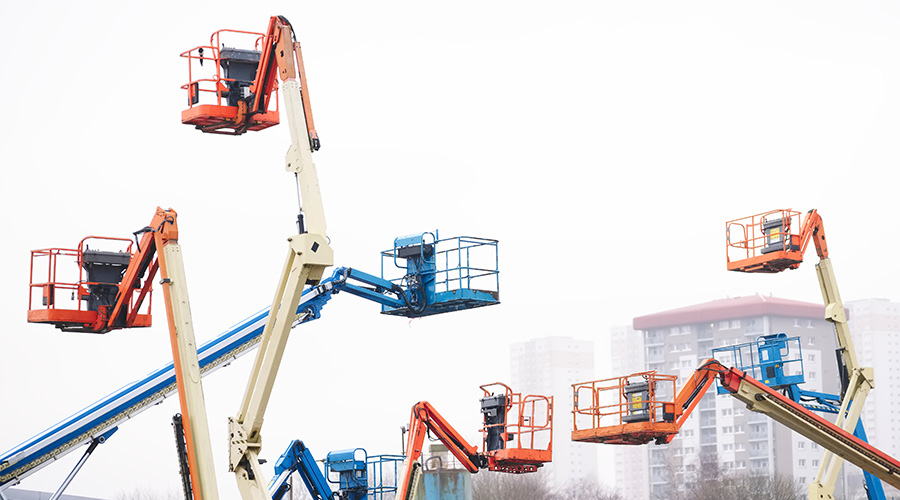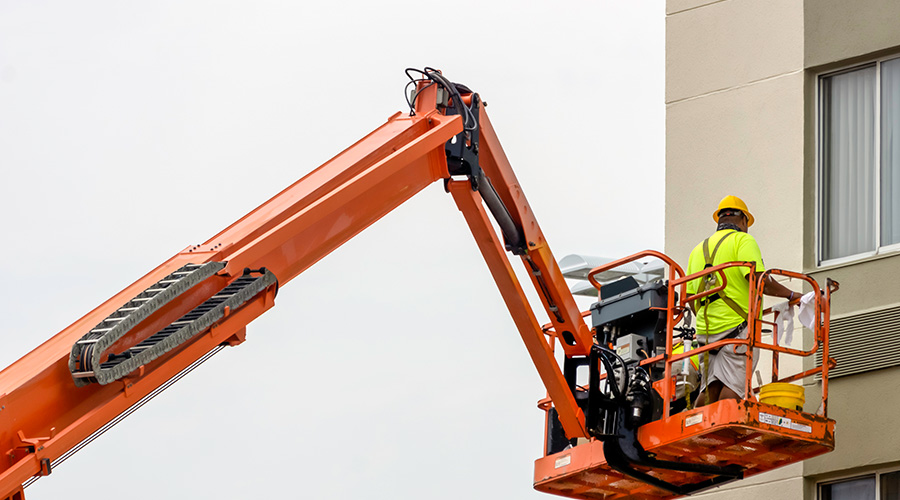Proper Parts Identification Essential for Successful Inventory Management
The system also did not identify parts by part number, and it did not count them.
The remedy? After removing the obsolete parts and marking the locations, workers identified, consolidated, organized, labeled, and stored the remaining parts. They labeled each part with an identification number.
Ideally, they should use a text or bar code label that contains a part number, an original equipment manufacturer (OEM) number, or a part number supplied by the computerized maintenance management system (CMMS) inventory module. Parts that could not hold an adhesive label received a label attached by a wire tag. If no CMMS-related number exists, workers record the required data manually create a CMMS part-inventory record.
Who Are You?
Some parts had no text or bar-coded identification label.
The solution involved the CMMS — or, more accurately, the bar-code module that comes standard with most CMMS applications. The label contains the bar code and bar-code number, a part or OEM number, a description, and the location of the part. If a department does not have a CMMS, a spreadsheet-generated label can provide the same information.
The storeroom supervisor places labels on the bin box, on the container the part comes in, or on a wired tag affixed to non-adhesive parts made of metal or nylon. Motor tags should use large, black, block letters indicating horsepower (hp), rpm or frame size, and phase.
Where Are You?
The system also sorted physical inventory sheets by part number, not location. As a result, it missed some locations in the storeroom.
The solution is to implement physical inventories geographically — whether left to right, bottom to top, or back to front — in specifically designated areas. It also should sort physical inventory count sheets by location. This way, nothing gets missed.
The Whole Picture
Another problem involved auditors using only a line of sight to identify parts on pallet racks that were above eye level. They counted pallets they could not see as zero. As a result of this limited view, they identified some pallets incorrectly because the component's hp, model, or style type was different than listed on the count sheet.
The remedy was to use a forklift or a rolling stepladder to gain access to parts on the upper levels of pallet racks. This tactic ensures the accurate identification and count of parts stored out of an auditor's line of sight. When checking pallets, auditors should carry rags and a flashlight with them to read nameplates and ensure a more accurate count.
Related Topics:













